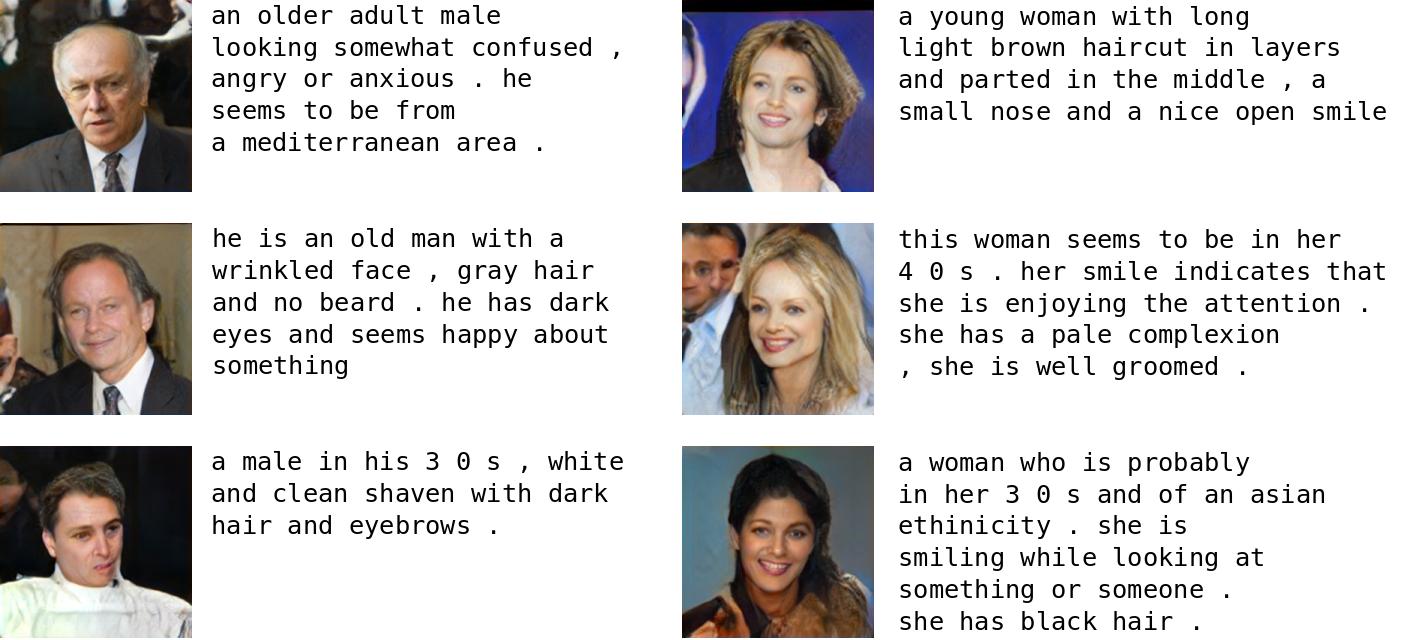Text Generation by Learning from Demonstrations
The README was last updated on March 7, 2021. The repo is based on fairseq (v0.9.?).
Paper
Prerequisites
Per fairseq usage, we need to install this particular modifed version fairseq. The simplest way: pip install --editable ./.
Due to pytorch changes, and given that we're using a slightly older version of fairseq (see below), please use pytorch version <= 1.6.0. However, the GOLD algorithm can be easily implemented on top of the latest fairseq (or most text generation codebases).
Datasets
For downloading CNN/DM and XSum datasets, we follow the instructions here; note that this link does not correspond to the latest fairseq. Our version of the CNN/DM input articles include the prepended "(CNN)" tags. For downloading IWSLT14 De-En dataset, we follow the instructions here. The binary files are provided in our repo, in the directory data-bin. For downloading the particular version of our NQG dataset, we follow the instructions here. The binary files are provided upon request.
Code: experiments on transformer models using fairseq
For reproducibility, the code is based on a April 2020 version of fairseq (based on release v0.9.0). However, it is easy to reimplement the GOLD algorithm in the latest version of fairseq and in another frameworks.
How to implement in the latest version of fairseq?
- If your GPUs "have large memory", then most of the implementation happens around the criterion code (for question generation, summarization, translation, the py file is
./fairseq/criterions/label_smoothed_cross_entropy.pyin the April 2020 version of fairseq). Note that the implementation in this repo uses this approach.- "Have large memory": Meaning the GPUs can store pi, pi-tilde, p_MLE at the same time; see Algorithm 1 in the paper. In our experiments (using the same datasets, same batch size, etc.), this would imply that the GPUs have ~24G of memory.
- If your GPUs cannot fit the above models, then you may need to input p_MLE probabilities as features. This can be done by first saving the probabilities into a text file or pickle file, and then loading them in the
load_langpair_datasetfunction of./fairseq/tasks/translation.py(or other corresponding files for other tasks).
How to implement in other codebase?
- See Algorithm 1 in the paper. The majority of the work will happen around the loss computation. We need to have three different models ready when computing losses: (1) pi, the network we're training; (2) pi-tilde, a slightly older version of pi (created to ensure training stability, similar to the periodic synchronization in deep Q-learning; (3) p_MLE, to compute rewards (but this can be pre-loaded in the form of input features, in case the GPU cannot fit the third model).
BART summarization generation fairseq issue
Given that there has been minor bugs with the fairseq BART summarization code (details on original fairseq github), we make the corresponding changes according to the fairseq authors' recommendation. (1) In ./fairseq/sequence_generator.py, see the modification here. (2) In ./fairseq/tasks/fairseq_task.py, see the modification here. (3) In ./fairseq/models/bart/hub_interface.py, see the modification here. The above is already implemented in this repo. But if we're reimplementing the GOLD code in the latest fairseq, we need to beware of this issue (and keep the three modifications in mind).
How to run?
Training
The entry point for training is ./fairseq_cli/train.py. See ./fairseq/options.py for possible flags. For CNN/DM, the script for running GOLD-p is provided in run_cnndm_goldp.sh; the script for running GOLD-s (which often performs better than GOLD-p) is provided in run_cnndm_golds.sh. Some other scripts for other tasks are also provided. For explanations of flags, please refer to ./fairseq/options.py as well as Algorithm 1 in the paper.
Validation
Note that to validate, one possibility is to find the checkpoint that corresponds to highest BLEU/ROUGE-2 score on dev set. We cannot validate according to NLL loss, given that in the paper, we showed that our models achieve higher accuracy but higher perplexity (and NLL loss). Do not use checkpoint_best.pt. IWSLT14 De-En validation is implemented. For summarization, please use run_cnndm_validation.py (similar to run_cnndm_inference.py) as an example to loop through all checkpoints. Then, compute the ROUGE based on run_cnndm_validation_step2.sh (perhaps with small modifications).
Evaluation/inference
For BART evaluation, we use the inference scripts provided in run_cnndm_inference.sh, run_xsum_inference.sh, run_squad_inference.sh. For IWSLT14 De-En inference, the following few lines will do.
python -W ignore [path-to-fairseq_cli/generate.py] data-bin/iwslt14.tokenized.de-en \
--path [path-to-model-checkpoint.pt] \
--batch-size 128 --beam 5 --remove-bpe --gen-subset test > [path-to-save-to-file]
Transformer models
Please ensure the data is processed appropriately before using the models.
MLE model checkpoints
- MLE model for CNN/DM: download (~5G) from this page
- MLE model for XSum: download (~5G) from this page
- MLE model for SQuAD: download (~5G)
- MLE model for IWSLT14 De-En: download (~450M)
GOLD-s model checkpoints
- Model for CNN/DM: download (~5G)
- Model for XSum: download (~5G)
- Model for SQuAD: download (~5G)
- Model for IWSLT14 De-En: download (~450M)
Not a lot of hyperparameter search was done for the transformer models, so it is likely that more search (on hyperparameters, on architecture) could reach better performance.
Moreover, for summarization models, we use pyrouge+files2rouge to evaluate, based on the fairseq instructions after pyrouge+files2rouge installation. The package files2rouge has a common WordNet-2.0.exc.db error; see this link for the fix.



